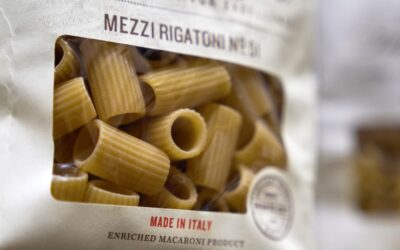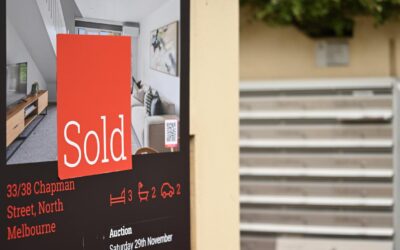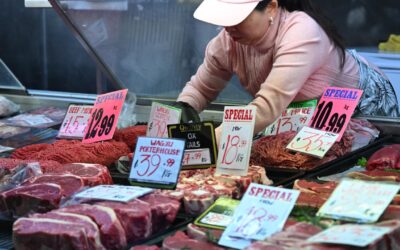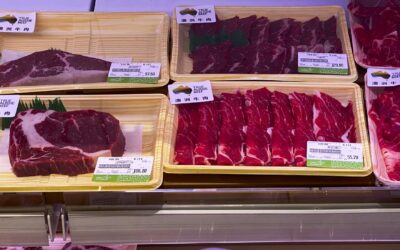Sorry, that’s old news…
You’ve found an older news story. We delete stories from our AAP News Feed after two months. But fear not, here’s today’s news!

President Donald Trump has signed an executive order stopping a semiconductor chips deal between the US and a ...

Chinese company BYD has become the world's bestselling electric vehicle maker, taking over from US rival Tesla.

Former Reserve Bank governors, business leaders and politicians are uniting to call for a royal commission ...

Italian pasta makers will get a reprieve from proposed high duties for entering the United States, Italy's foreign ...

House prices recorded strong gains in 2025 but fears of rate hikes look set to cool Australia's housing market in ...

Australia stands to lose more than $1 billion in exports despite a free trade agreement after China upped its ...

China will slap an extra 55 per cent tariff on beef from Australia and other nations when the imports exceed ...

Revellers across the nation united to usher in the new year as police turned out in record numbers to ensure a ...
No results found.
Background image courtesy victoriancollections.net.au